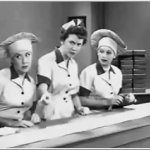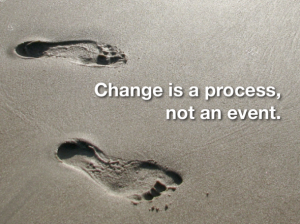< ?xml:namespace prefix = o ns = "urn:schemas-microsoft-com:office:office" />
In working with my colleagues, we wanted to ensure that our sessions were going to be meaningful for the teachers, as we appreciated that time out of the classroom is never ideal as our students do best when their regular teacher is working with them. We needed to find a common focus that would allow teachers from different schools and teachers with varying levels of understanding of the learning continuum “bond” on a variety of topics.
Keeping the focus of our dialogues on student work, as a springboard for the activities, allowed teachers to share their stories more freely. Our goal was to “push” the discussion past the story swapping and past the mutual aid stage, to a place where teachers challenged each others’ thinking. Steven Katz’s video ~ “How do Networked Learning Communities work?” was a worthwhile resource to share with all teachers from JK to grade eight. In his discussion, he talks about the importance of building those relationships and ensuring that collaboration is focused.
In order to facilitate that level of sharing, we needed to ensure that the stage was set for mutual respect and purposeful discussion. At the end of each session we always asked for teacher feedback and took that into consideration when planning our sessions. It became evident, through their comments, that teachers wanted time with each other to share work, to share strategies and to network. We developed an online sharing site, “Sharing Success” where staff could post lessons, ideas and strategies.
As an administrative team of presenters, as we reflect on our year long networking sessions, we were pleased with the level of engagement and pleased with the fact that we saw growth in teacher practice at all of our schools. We also know that our own practice improved as we were afforded the opportunity to plan and present together and to work with staff members from different schools.

 For one of my system responsibilities, I’m a facilitator for our Emotional Intelligence workshops. This past Friday, we completed our final module, focusing on Decision Making, Problem Solving and Stress Management. We spent a great deal of the afternoon sharing our challenges as administrators and discovering ways to protect ourselves from the potential stressors in both our professional and personal lives. We laughed a great deal and took comfort in the fact that we are all in this together. One of the video clips that I shared was a classic “I Love Lucy” sketch ~
For one of my system responsibilities, I’m a facilitator for our Emotional Intelligence workshops. This past Friday, we completed our final module, focusing on Decision Making, Problem Solving and Stress Management. We spent a great deal of the afternoon sharing our challenges as administrators and discovering ways to protect ourselves from the potential stressors in both our professional and personal lives. We laughed a great deal and took comfort in the fact that we are all in this together. One of the video clips that I shared was a classic “I Love Lucy” sketch ~ 

